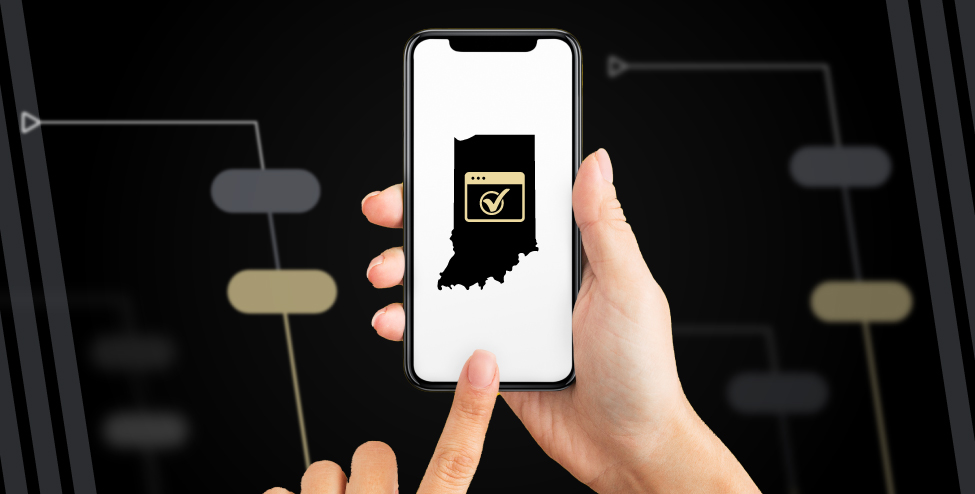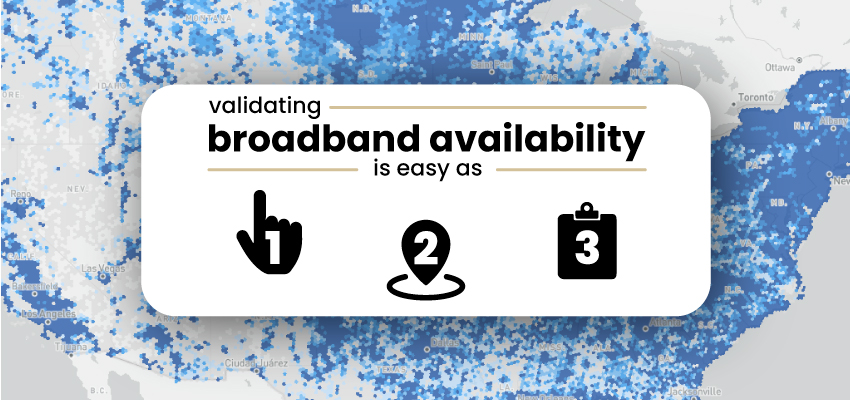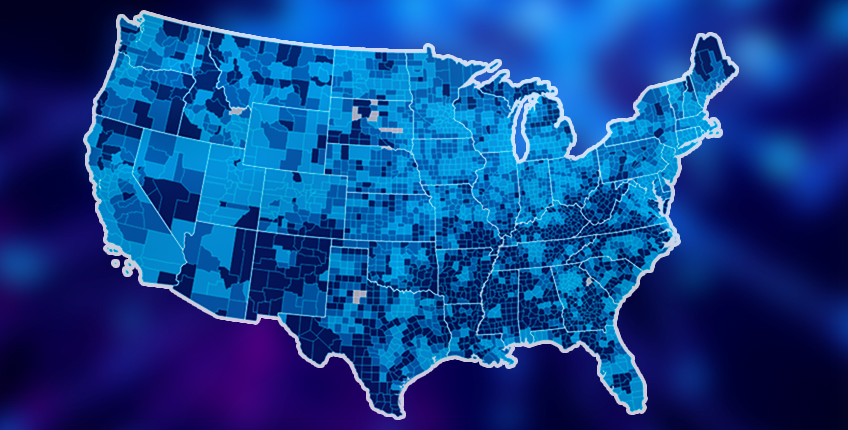Broadband
In a January article we looked at several variables related to household internet and devices to better understand Indiana’s digital landscape. Results showed that the share of households with no internet access decreased across its urban, suburban, and rural areas.…
The broadband landscape is very active nowadays. The federal Broadband Equity, Adoption, and Deployment (BEAD) and the Digital Equity programs are in full swing. This is in addition to the ongoing American Rescue Plan broadband infrastructure investments, additional federal programs…
Last month, the United States Census Bureau released the five-year 2018-2022 American Community Survey, also known as the ACS. This survey captures a variety of information on U.S. residents and households, including variables related to the digital divide. Fortunately, we…
Written by Roberto Gallardo and Angie Abbott. The COVID-19 pandemic shed a very bright light on homes and individuals that could not work from home, complete e-Learning, engage in telehealth, or do things online due to a lack of adequate…
Written by Roberto Gallardo and Benjamin St. Germain. Affordability of home internet service is among the top barriers to reduce the digital divide across the country and in Indiana. In fact, any project funded by the Broadband Equity, Adoption, and…
Your community needs your help! Recently, the Federal Communications Commission (FCC) released a map showing broadband availability across the U.S. The National Telecommunications and Information Administration (NTIA) will use this map to guide the distribution of funding for building broadband…
The current broadband funding landscape is crowded. It is easy to get lost among so many broadband programs, resources, etc. And while this blog post will not answer all questions and/or clarify these muddy waters, I hope it provides some…
Introduction The COVID-19 pandemic shed a bright light on an issue that has been around for decades: the digital divide. As parents, children, and workers scrambled to learn, socialize, and work from home, adequate internet connectivity became critical. This analysis…








